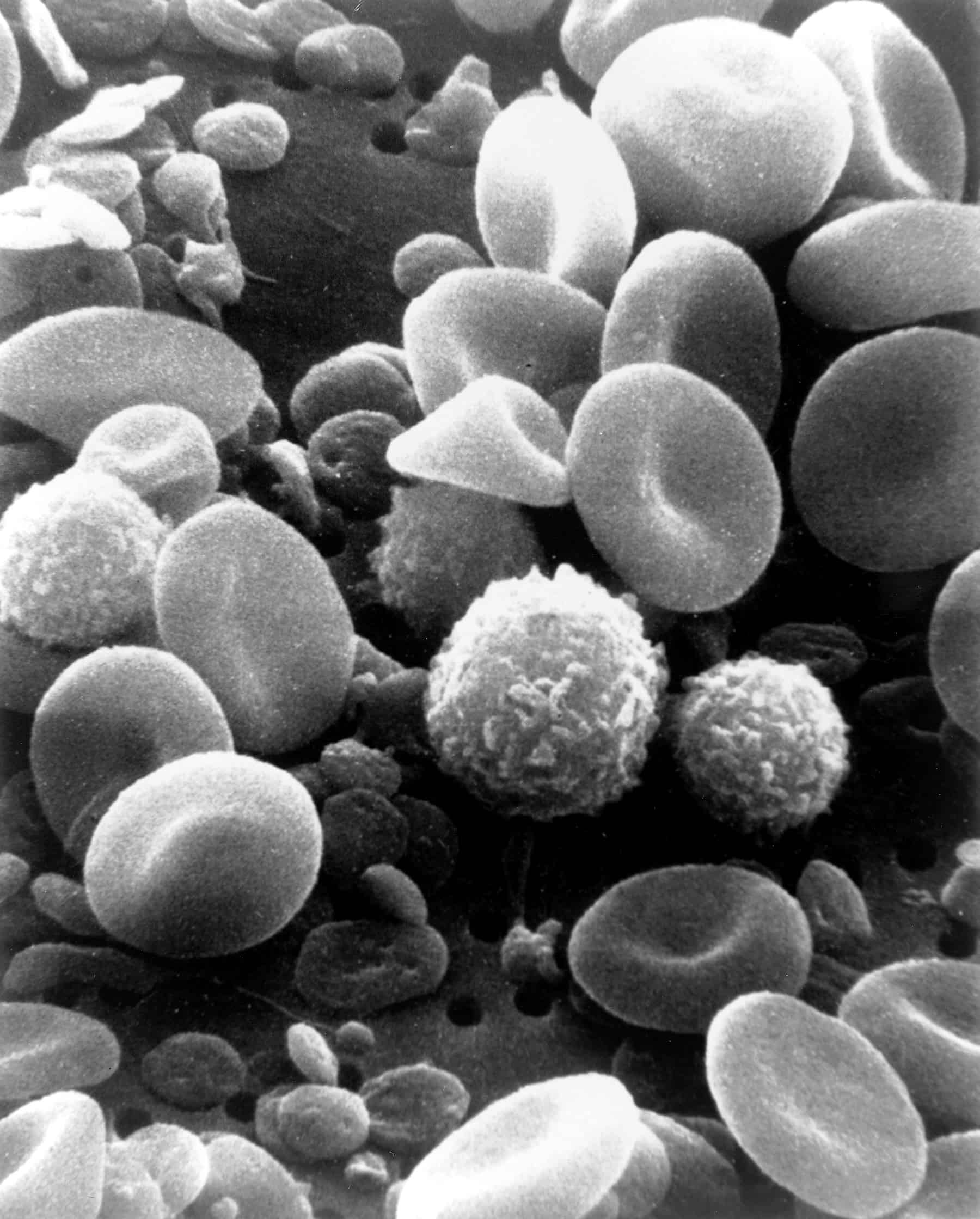The Effects of Intermittent Hypoxia on Stem Cell Differentiation

Hypoxia
Hypoxia is said to occur when your body or a specific organ of the body is not getting an adequate amount of oxygen supplied to it. It can be of two types:
- General hypoxia that affects the entire body.
- Local hypoxia that affects only a part of the body.
What is Intermittent Hypoxia?
Intermittent Hypoxia is an induced condition in which a person goes through alternating periods of hypoxia and normoxia. Here, normoxia refers to the normal exposure to the oxygen present in the environment which is typically 21%. Hypoxia is fairly lower than this percentage.
Induced hypoxia is controlled and given in specific doses under the supervision of medical professionals.
Hypoxia is said to be the cause of various negative physiological changes, but the reason why many doctors get frightened when they hear this term is because it can cause damage to cells and tissues. However, when controlled episodic hypoxia is induced, it can be used to treat various unhealthy and abnormal occurrences in the body.
Intermittent hypoxia has been the center of research and of particular interest in the past few decades because of its newly discovered beneficial properties. After conducting various research studies it is now well accepted that controlled and brief episodes of hypoxia can prevent the tissues from multiple possible injuries and also aids in the healing process.
Hypoxia promotes the production of the enzyme called Nitric Oxide Synthase, it is believed that this enzyme plays a very vital role against oxidative damage in the body. The more the nitric oxide is present in the body, the more it protects the tissues from possible damage. It can also cause the arteries to dilate, thus hypoxia can also treat conditions like erectile dysfunction by allowing the quick vasodilation for the erection.
DNA damage is quite common when cells are undergoing the division process, p35 is a regulatory factor that reverses this damage and the presence of hypoxia promotes the production of p35, thus playing an important role in DNA repair.
Some common beneficial effects of intermittent hypoxia are:
- Strengthens the immune system
- Increases tolerance to glucose
- Decreases inflammation
- Decreases hypertension
- Increases hemoglobin levels in the blood
- Enhances memory and spatial learning
- Increases resistance to various injuries and ageing
Stem Cells
Stem cells are also called special cells because they are different from the normal cells in the human body. Stem cells have the ability to renew themselves regardless of their origin. Stem cells can also divide themselves rapidly and since they are not specific, they can divide into specific types of cells as required by the body.
Our body is in constant need of new cells to function and the normal cells present in the body like the muscle cells and cardiovascular cells are unable to make copies of themselves, thus they need the help from stem cells to do that for them.
Stem cells are important for the maintenance of skin, blood, tissues and organs present that undergo damage over the course of time. It is because of these properties, stem cells have been on the forefront of research for the last few decades.
Hypoxia and Stem Cells
Did you know that the oxygen level in the embryo is almost equal to that on Mount Everest?
When the fetus is developing in the mother’s womb, it is provided with a very protected environment, safe from mechanical shocks due to the presence of the amniotic fluid present in the womb. As well as providing the fetus with all the nutritional requirements and adequate temperature, a big factor that is usually not acknowledged is that the womb is an hypoxic environment.
It is this hypoxic condition that helps in promoting the growth and multiplication of stem cells, in other words their differentiation. The stem cells are said to be maximum in number during the fetal life in the embryo. This is the scientific reason behind the preference of using embryonic stem cells which are collected from the umbilical cord.
When a newborn baby is exposed to normal air with a high percentage of oxygen, the pressure of oxygen rises in their arteries. This makes the stem cells disappear rapidly from the blood system.
In adults, stem cells are only in specific locations of low oxygen like the bone marrow. This happens because of the presence of hypoxia in bone marrow. The circulation of blood is very low and the oxygen is constantly being extracted.
This location in the bone marrow also is beneficial anatomically. The stem cells reside in such areas gathered in clusters, surrounded by the differentiated cells on the outer layer. The cells on the outside of these clusters consume a lot of oxygen, which in turn creates a very hypoxic environment for the stem cells within, helping them to survive for longer periods of time.
Osteoarthritis is less prevalent in hilly areas. Research has been carried out to confirm this and it is said to be due to the fact that the hypoxic environment of the hilly or high altitude areas promote the presence of stem cells and their constant migration to the bone marrow. This is all because of the presence of hypoxia.
Hypoxia And Hematopoietic Stem Cells
Hematopoietic stem cells have an innate ability and potential to differentiate and become blood cells. However, the repopulation property is quite low under normal physiological condition of the body.
Scientific evidence indicates that hypoxia can greatly enhance the differentiation and proliferation of stem cells and research backs it up that stem cells can survive for longer periods of time in an hypoxic environment. They are more capable of their self-renewal process in 2% of oxygen present in the atmosphere as compared to the normal 20% in natural air.
This happens because the balance between the differentiation of stem cells and their pluripotency is maintained by the optimum oxygen content in the tissues by the suppression of NADPH oxidase formation and protecting the cells from the toxic effects of oxyradicals (any group of radicals that react as soon as they interact with oxygen).
How Hypoxia Can Help Treat Diseases By Promoting The Growth Of Stem Cells
From birth, then to a young individual and finally to old age. As the years go by the number of stem cells continues decreasing, leading to damage in the body and neurodegenerative diseases. It is possible to facilitate the migration of these stem cells from the bone marrow to the various body tissues by just a little dose of hypoxia on a daily basis.
Various studies have shown that intermittent hypoxia is also reported to help with injury repair and has anti-inflammatory properties by stimulating the mobilization of stem cells present in the bone marrow. There is no need to extract stem cells from bone marrow and then injecting them in the place of need like the damaged organ or tissues.
If hypoxia is induced, the stem cells can be made to relocate and circulate as needed with the help of controlled oxygen present in the tissues, the technique called intermittent hypoxia!
Hypoxia can help treat various disorders that have no possible cure like Parkinson’s, Alzheimer’s and osteoarthritis in old age.
Try SOMA Breath Techniques to Induce Brief Intermittent Hypoxia and Heal Yourself on Every Level.
Sign up for a free live webinar here
References
Carreras A, Almendros I, Acerbi I, Montserrat JM, Navajas D and Farre R. Obstructive apneas induce early release of mesenchymal stem cells into circulating blood. Sleep 2009; 32: 117-119
Gozal E, Sachleben LR Jr, Rane MJ, Vega C and Gozal D. Mild sustained and intermittent hypoxia induce apoptosis in PC-12 cells via different mechanisms. Am J Physiol Cell Physiol 2005; 288: C535-542



Leave A Comment